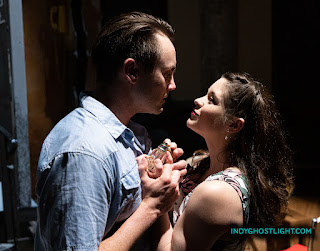Guess He's Not On Our Side: A Response to Garry Trudeau's Criticism of Charlie Hebdo and His Narrow View of Satire
Guess He's Not on Our Side (with apologies to Bob Dylan, but not to Jane Pauley's husband)
Posted by Jay Harvey on Tuesday, April 28, 2015



Comments
Post a Comment